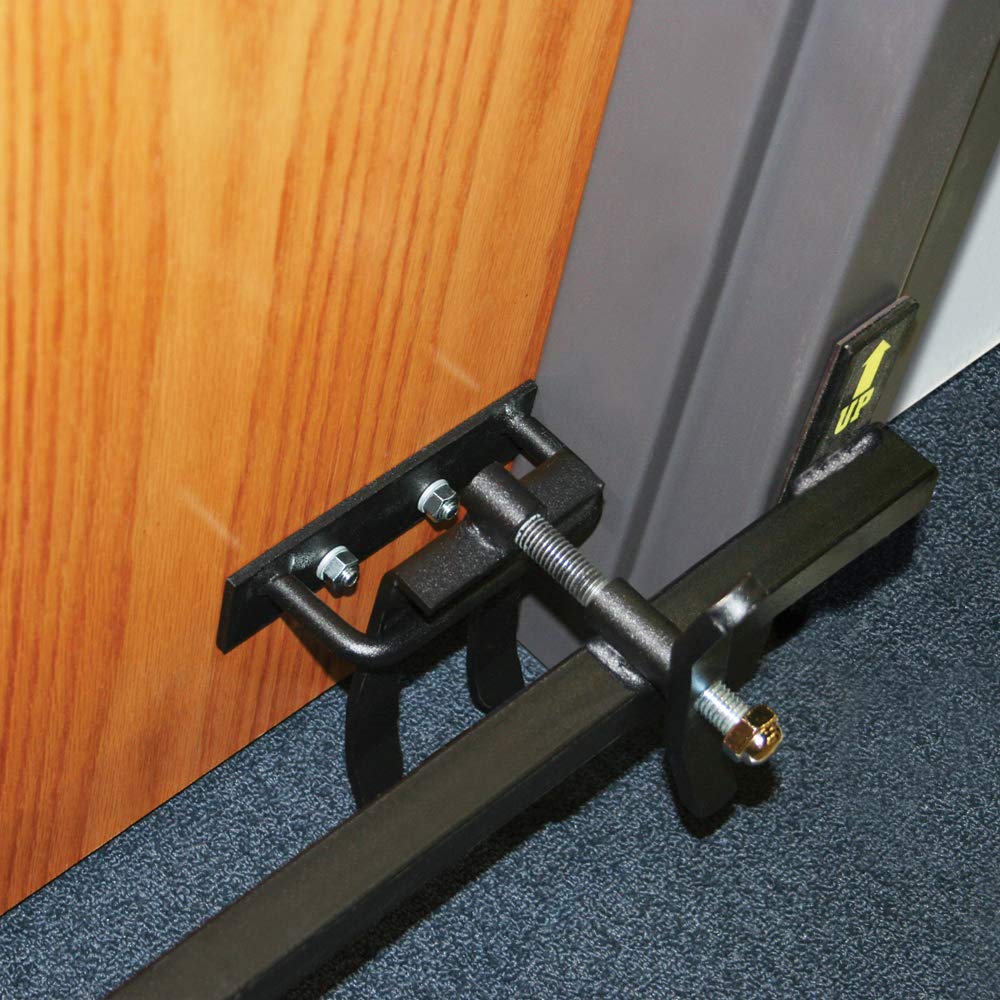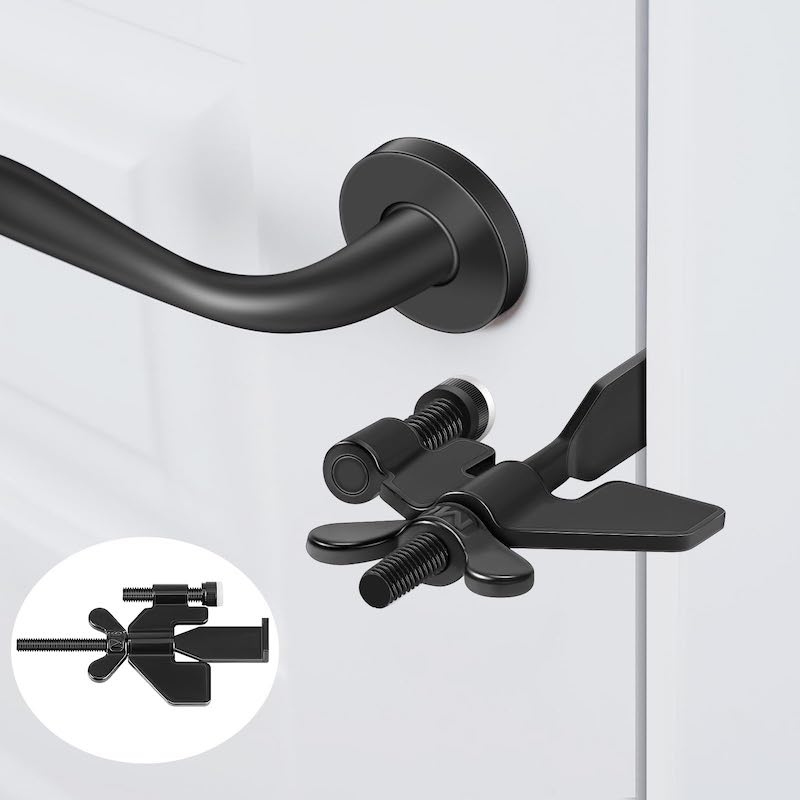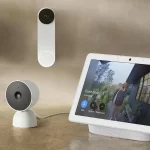Overview of Outward Swinging Door Vulnerabilities
Outward swinging doors, while common in many buildings, pose unique security risks. Unlike their inward swinging counterparts, the hinge pins of these doors are exposed. This makes them vulnerable to attacks. Burglars can remove or tamper with these pins to gain entry without much effort. Additionally, the force of a kick or ram against an outward swinging door can overwhelm standard latch and lock mechanisms. It’s a point of concern for security experts.
To ensure robust outward swinging door security, one must address these weak points effectively. This starts with upgrading the existing hardware. It also involves adding additional layers of security. It’s crucial not to overlook even small details like hinge construction. Simple solutions such as hinge security pins can greatly enhance the door’s resilience to forceful entries.
In the following sections, we will delve into the various hardware and measures that can strengthen the security of outward swinging doors. We will explore door jammers, high-quality deadbolts, and hinge security options in detail.
Essential Security Hardware for Outward Swinging Doors
To significantly boost outward swinging door security, investing in reliable hardware is essential. Adequate protection involves three main components: door jammers, sturdy locks, and hinge reinforcements. These elements work together to fortify your door against forced entry attempts.
Door Jammers and Barricades
Door jammers and barricades offer a physical barrier to intruders. These devices brace against the door from the inside. They can withstand substantial force, making kicking or ramming the door far less effective. Portable options are available for travelers or renters seeking temporary security solutions.
High-Quality Deadbolts and Locks
A high-quality deadbolt is the backbone of door security. It should have a sturdy metal construction and a throw that extends deeply into the doorframe. Deadbolts resist force and are hard to pick. Combination locks add an extra layer of protection without requiring keys.
Hinge Security Pins and Screws
Hinge security is critical for outward swinging doors. Security pins, also called non-removable pins, prevent the removal of hinge pins from the outside. Upgrading to longer and stronger screws fortifies the hinge’s attachment to the doorframe, resisting forceful attacks.
Using Door Alarms and Sensors for Additional Security
Enhancing outward swinging door security goes beyond just the physical locks and hardware. Integrating door alarms and sensors provides that extra layer of protection. These devices act as an early warning system. They alert you to any unauthorized attempts to access your door.
Door alarms come in various models. Some emit loud sounds when someone tries to force the door open. Others send notifications to your phone or security system. This allows you to respond quickly to potential threats. Sensors add benefits too. They detect motion and changes near your door. You then get alerted before an intruder even touches the door.
Installing these security features is usually straightforward. Many alarms and sensors are designed for easy DIY installation. They often come with strong adhesive backs. They stick directly onto the door or frame, causing no damage. For travelers, portable alarms offer added security for outward swinging doors in hotels or rentals.
Moreover, combining door alarms and sensors with other security measures makes your security system robust. It’s harder for an intruder to bypass multiple security layers unnoticed. Remember, stay vigilant and keep your alarm batteries or power source checked to ensure constant protection.
Installing Security Cameras Around Outward Swinging Doors
Integrating security cameras is a crucial step in enhancing outward swinging door security. Cameras act as both a deterrent to potential intruders and an evidence-gathering tool. Here are ways to optimize the use of security cameras:
- Position Cameras Strategically: Place cameras to cover the door and its surroundings. Ensure no blind spots are left uncovered.
- Opt for Motion-Activated Cameras: These save power and storage space. They record only when there’s movement, capturing relevant footage.
- Ensure Good Quality Footage: High-resolution cameras capture clear images, useful for identifying intruders.
- Consider Night Vision: Cameras with night vision protect your property even in low-light conditions.
- Connect to a Network: Link cameras to your home network for remote monitoring and notifications on your mobile device.
When installing cameras, make sure they are out of arm’s reach to prevent tampering. For added security, conceal wires or opt for wireless models to reduce the risk of disabling. Regularly maintain your cameras, checking for proper functioning and clear visibility. By covering these bases, you add an effective layer of security to your outward swinging doors.
The Role of Proper Lighting in Deterring Break-Ins
Well-placed lighting can be critical in making outward swinging doors more secure. An often overlooked aspect, proper lighting can deter potential intruders. Bright lights create visibility, making it harder for burglars to hide or work unnoticed. For optimal outward swinging door security, consider the following lighting strategies:
- Install Motion-Sensing Lights: These activate when they detect movement, surprising intruders and alerting you to their presence.
- Use Timers and Automation: Set lights to turn on and off at specific times, or use smart lights that you can control remotely.
- Keep Lights High and Out of Reach: Place lights high to prevent tampering or breaking.
- Illuminate All Entry Points: Make sure to light not just the front door but all ways a burglar could enter.
- Choose Energy-Efficient LEDs: They are long-lasting and consume less power, making them cost-effective security enhancements.
Dark areas near doors invite unwelcome visitors. Ensure no shadows or blind spots are left around your doors. Consistent and strategic lighting contributes to a secure home, complementing the outward swinging door security measures discussed earlier. Always replace faulty bulbs quickly and consider lighting as part of your regular maintenance checks.
Advanced Security Options: Smart Locks and Access Control Systems
When you’re looking to step up your outward swinging door security, consider smart locks and access control systems. These advanced options offer convenience and improved protection. Here’s how they support your security efforts:
Smart Locks Elevate Security with Technology
Smart locks remove the need for traditional keys. Instead, they use codes, smartphones, or biometrics for entry. This means you can track who enters and at what times. You can also set them to lock automatically. For example, if you forget to secure the door, the smart lock does it for you. They’re tough for intruders to crack. Many come with alarm systems that trigger on forced entry attempts.
Access Control Systems for Comprehensive Security Management
Access control systems take security a step further. They allow you to manage door access remotely. You can grant or restrict entry to different users based on your preferences. Systems can include key cards, fobs, or biometric scans. They log entry data, useful for monitoring access patterns. Moreover, you can integrate them with other security measures. This provides a full overview of your security landscape.
With smart locks and access control systems, you’re not just preventing break-ins. You’re also adding a layer of digital security management. These systems put you in control. They ensure that outward swinging door security is up-to-date with the latest tech advancements. Combine these with earlier measures like alarms, cameras, and lighting for optimal protection.
Regular Maintenance Checks to Ensure Optimal Door Security
Keeping outward swinging doors secure is an ongoing task. Regular maintenance checks are vital for ensuring all security features operate correctly. To maintain optimal door security, consider these points:
- Inspect Hinges and Hardware: Over time, screws might loosen and hinges could wear. Check them regularly. Tighten any loose screws and replace worn-out hinges.
- Test Locks and Deadbolts: Make sure locks turn smoothly and deadbolts fully extend. If a lock is stiff or hard to operate, it may need lubrication or replacement.
- Examine Door Jammers and Barricades: Ensure they fit well and show no signs of damage. If they’re not stable, they won’t protect as they should.
- Check Door Alarms and Sensors: Test them to make certain they trigger correctly. Replace batteries as needed and check their connectivity if they’re smart devices.
- Survey Security Cameras: Look for signs of tampering. Clean lenses for clear views. Ensure they are recording and storing footage as expected.
- Evaluate Lighting: Confirm that all lights are working. Replace any burned-out bulbs and adjust lighting angles to eliminate dark spots.
Door security isn’t just about installation—it’s also about ensuring everything remains in top working order. Keep a schedule for these checks. By staying proactive, you can fix minor issues before they become security risks.




